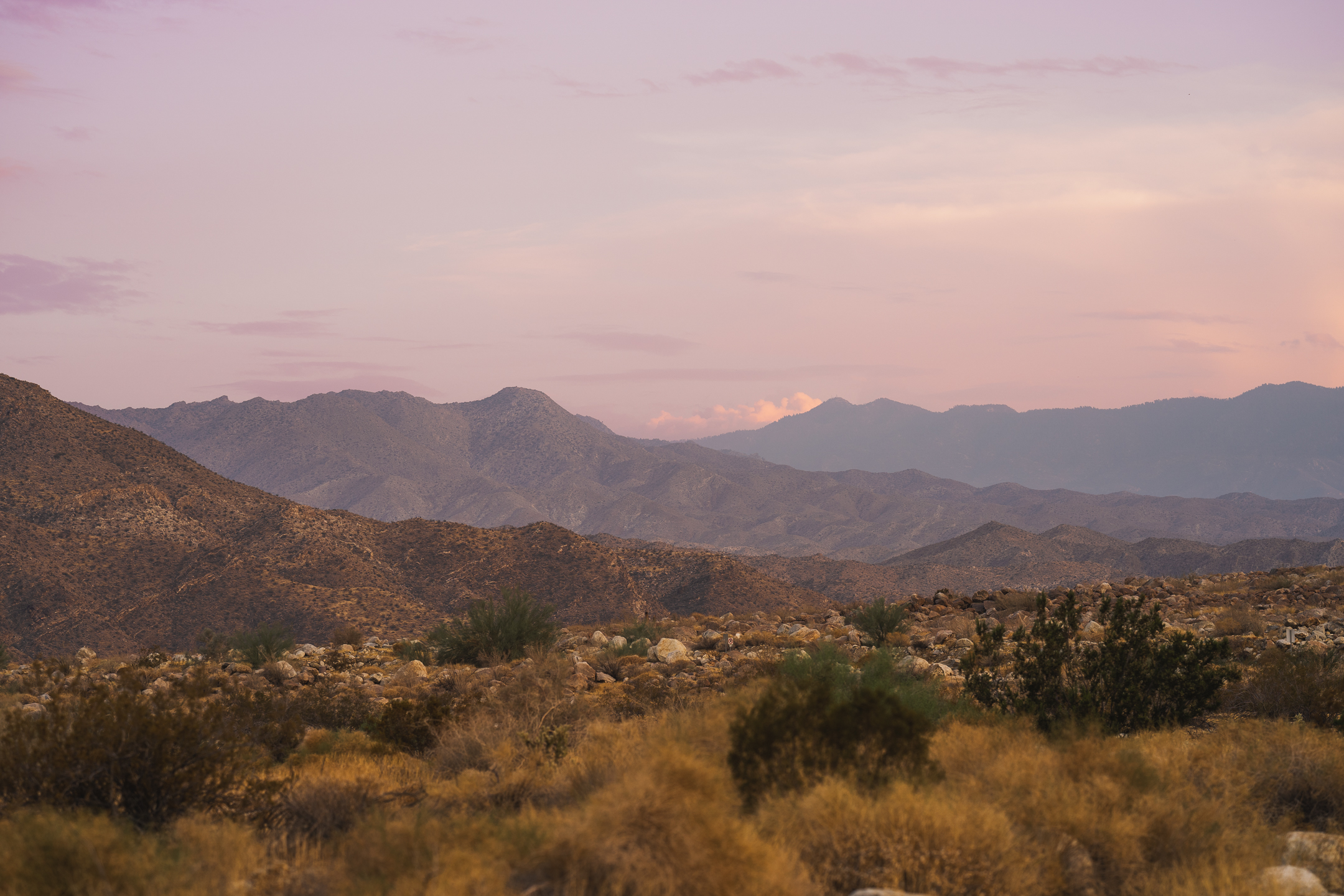Recently, I’ve been getting inquiries from photographers asking about how I got published on National Geographic and how I became a Nat Geo Your Shot Contributor (@natgeoyourshot). I love hearing from other photographers because it gives me an opportunity to connect with like-minded people and learn about their work and journey.
There is no single answer to this question, but there are a few things I’ve learned throughout my 20+ year career as a writer and photographer.
The first thing to consider is how will you make photos that tell a compelling story? For example, if you are shooting a beautiful landscape or wildlife in its habitat, is there a story about conservation, climate change or human impact on the environment that can be told? As a Nat Geo Your Shot contributor, I typically submit six photos a month, which doesn’t sound like much, but I put a lot of effort into researching the scientific, historical or societal aspects of each image I produce. I’m always asking myself: “Is there a story to tell in this photo?” If there is not, I put it aside and use it for my personal account if I think it’s visually appealing.
The next thing to consider is building a portfolio of your best work. Enter competitions to get your work out in the world and if there is an opportunity to get feedback from a judge, sign up for it. Take classes and workshops, they will help you meet influential people in the industry that may be able to get your work noticed. I personally love VII Photo Agency’s workshops. I studied under National Geographic Explorers Nichole Sobecki and Anush Babajanyan and saw quite a bit of progression in my documentary work.
Lastly, Nat Geo likes to work with photographers who are explorers, experts and scientists. Ask yourself these questions: “What is my story and how does it make me stand out from the rest?” My personal journey has been unique. I’ve spent the last eight years developing regenerative farming projects with women farmers in Rwanda. One of the projects was a demonstration food forest – the first of its kind there. I also serve as a representative to the United Nations for the advancement of women and sustainable development. My nonprofit Humanity Unified works in Consultative Status with the UN’s Economic and Social Council in the areas of education, food security and sustainable development. I hope to bring more of this into my work as a photographer over the coming years. Integrating your passions as an expert in a specific field of study will get you noticed by editors once you have a strong portfolio.
It has been a privilege to be a Nat Geo Your Shot contributor and to contribute to the National Geographic community at large. Please feel free to reach out to me on IG at @mariaaaugust with any questions or just to say “hi”. I look forward to connecting and collaborating with you in the future!
About the Author:
Maria Russo is a photographer, writer and editor whose work has been featured by Architectural Digest, People Magazine, Forbes, National Geographic, BBC America, The Huffington Post, Inc., LensCulture, Sony Alpha, and VII Photo Agency among others. She has traveled the world over exploring vibrant cultures, chaotic streets, castaway islands, remote jungles and bushveld, and our human impact on the environment. In 2014, Russo began documenting the lives of women farmers in Rwanda. Her photography examined how poverty and food insecurity are deeply tied to the climate and health crises. Russo spent the next nine years exploring women-led tree based agriculture and permagardening climate resilience projects. She works in Consultative Status with the United Nations through her organization Humanity Unified Int’l. Russo continues to focus on these issues and why women are more vulnerable than men to the impacts of climate change. She is currently a Nat Geo Your Shot contributor.



